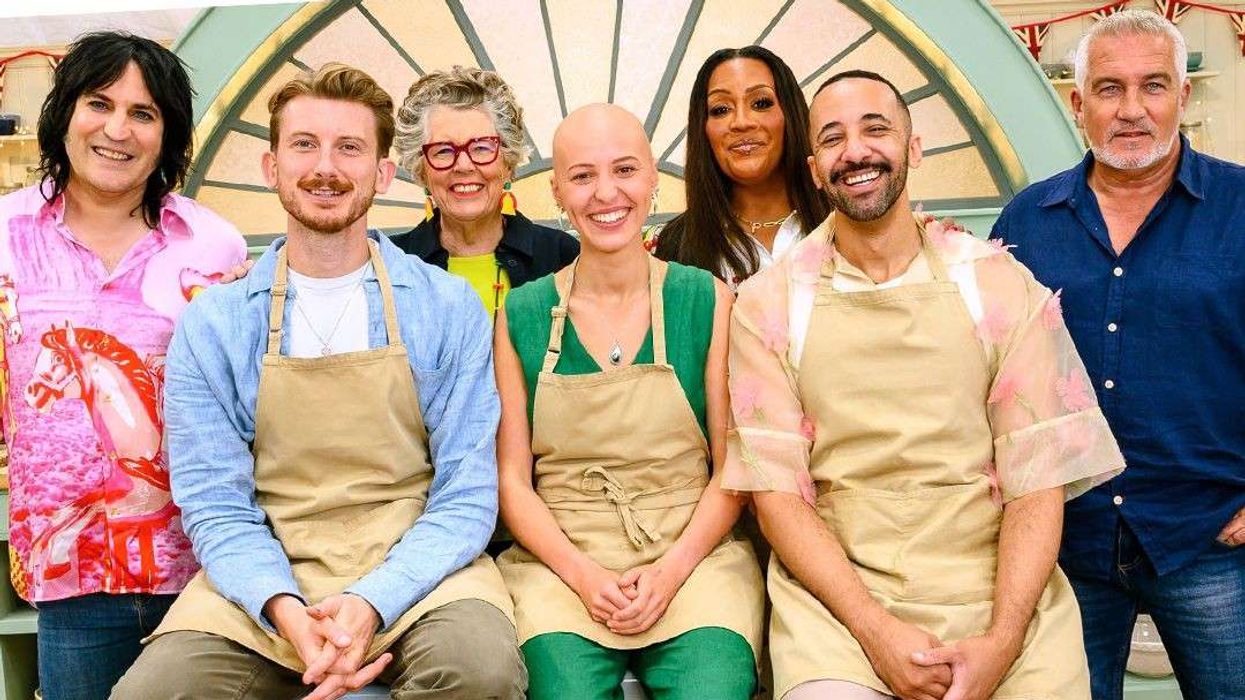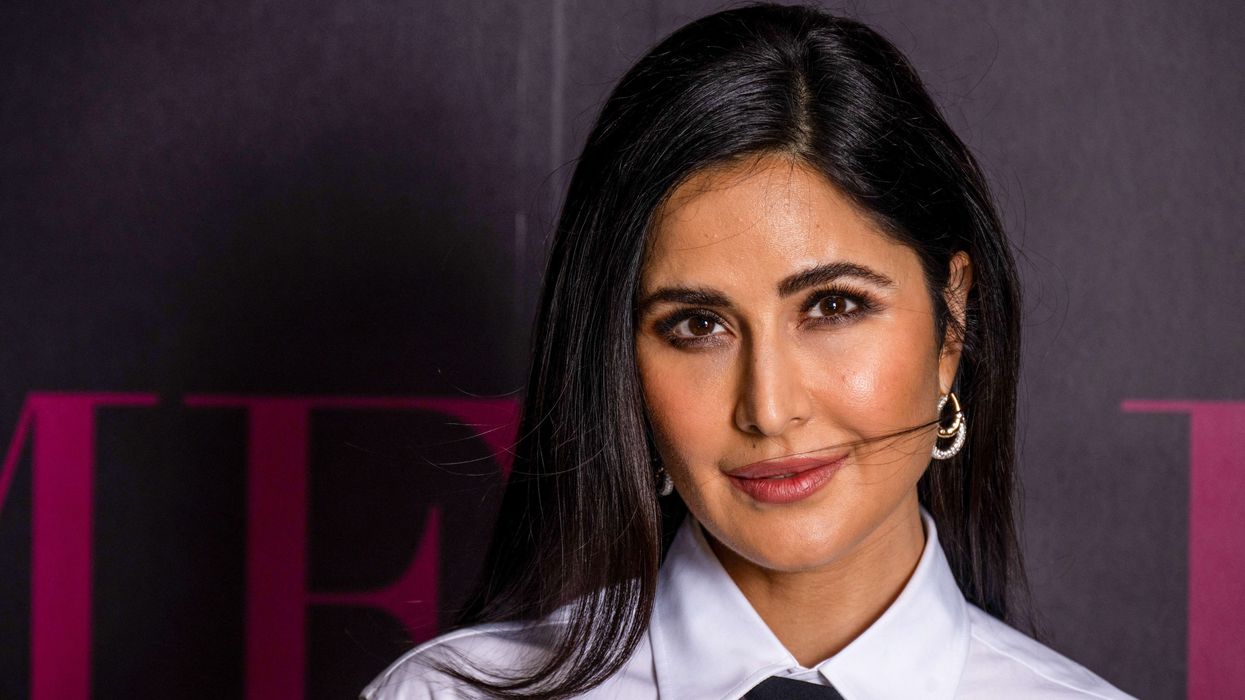An international team of scientists from India and the UK have developed a pioneering “smart contact lens” to test for eye infections in a quick, non-invasive way, according to a British university involved with the project.
The University of Sheffield along with University of Bradford and the LV Prasad Eye Institute in India hope the test could eventually be available to use at home and has been hailed as the next big leap in the global fight against preventable blindness. It is also expected to prevent deaths caused by fungal eye infections in developing countries.
“Eye infections – microbial keratitis – are a major cause of vision loss and blindness worldwide, and more so in India,” said Dr Prashant Garg, Executive Chair, LV Prasad Eye Institute.
“Timely and correct diagnosis can facilitate timely initiation of therapy with appropriate drugs and thereby limit vision loss from these disorders. The currently practised diagnosis method is invasive, time consuming and expensive. The ‘smart contact lens’ technology could be the next big leap in treatment of eye infections and our collective goal to eliminate avoidable blindness,” he said.
Currently, detecting which bacteria or fungus is present in an eye infection is an invasive process in which a scraping of the patient’s eye is taken under anaesthetic. The sample is then cultured for two days before being studied under a microscope. The new test would involve the patient wearing the special lens for an hour, with the results determined soon afterwards. It’s hoped the test could eventually be available to the general public, both in the UK and internationally.
“This is vital work that could save the sight of many people worldwide, by swiftly and accurately diagnosing the infection in a much more comfortable way than is currently used,” said Dr Joey Shepherd, Senior Lecturer in Microbiology at the University of Sheffield’s School of Clinical Dentistry.
“It will also cut down on the misprescribing of antibiotics, which means that we will be helping in the fight to reduce resistance to antibiotics that develop in microbes when these medicines are used without properly identifying the cause,” he said.
Initial tests in the lab have yielded positive results and human trials will be carried out once further funding is secured. The test could be vital in developing, tropical countries, where infections are often detected too late to save a person’s eye.
Professor of Chemistry at the University of Bradford, Stephen Rimmer, said: “We have produced a smart hydrogel which can detect two types of bacteria and fungus. This device is made from materials that are similar to those used to make contact lenses, which would be safely applied to the eye. The microorganisms get stuck to the material and can then be analysed.
“The current method is not a nice procedure and it takes time. We are working on how we can produce a visible colour change on the lens to show which bacteria or fungus is present. This could then be photographed with a mobile phone and uploaded to a website for an expert to analyse. The expert could then determine whether the patient needs antibiotics or if they require further investigation. Our goal is that someone on the street could do it with no training at all.” A World Health Organisation (WHO) report last month revealed invasive fungal diseases are rising globally, particularly among those with underlying health problems or a weakened immune system, yet there is very little research on them. It also reported an associated link with the COVID-19 pandemic and increased fungal infections: aspergillosis, mucormycosis and candidaemia, as well as evidence that the incidence and geographical range of fungal infections are expanding globally due to climate change.
In India, there has been a rise in deaths from mucormycosis, or “black fungus". At particular risk are diabetics and those who have been treated for COVID-19 with steroids, with research showing almost a 50 per cent mortality rate in those patients. Doctors believe the steroids lower a patient’s immunity and push up blood sugar levels, allowing the fungus to thrive.
The project has received funding from a wide range of funding agencies, including the UKRI (EPSRC, BBSRC, MRC), Ministry of Defence, Innovate UK, Grow MedTech and Smith & Nephew.













